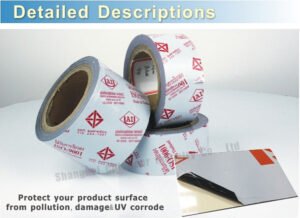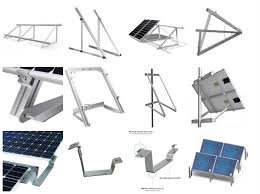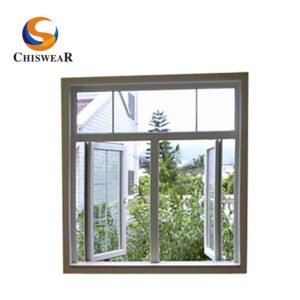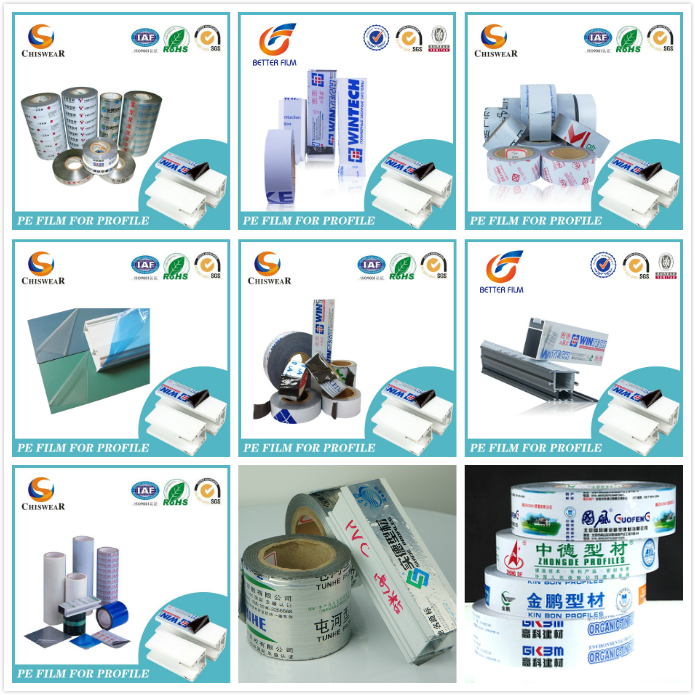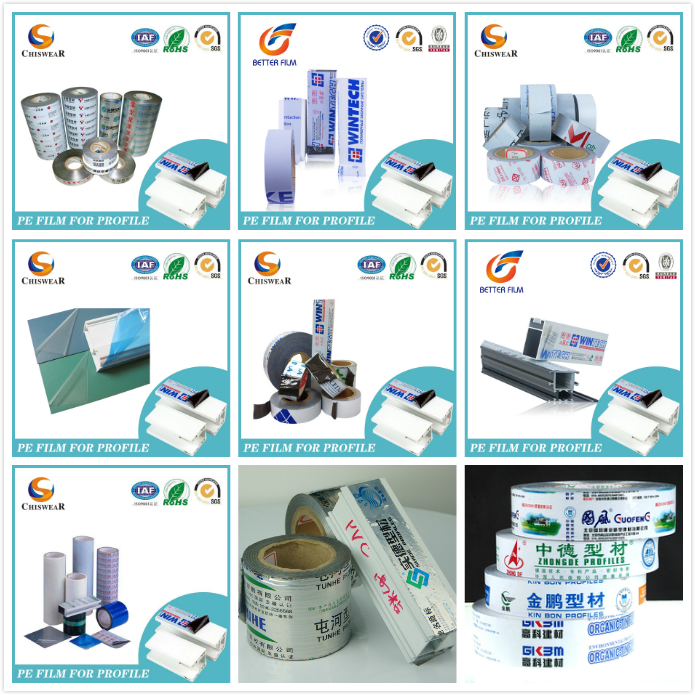Table of Contents
Meta description
Learn how to apply carpet protection films with perfection by ensuring proper cleaning, adhesion and perfection coverage techniques for even application.
Introduction
Carpets increase the aesthetics and comfort of our homes and commercial areas. But they are also home to dirt and are too precious to be damaged by spills. Carpet protection films act as a barrier and help protect carpet surfaces from potential damage, especially during high-traffic events, gatherings, and renovation. No matter how careful you are with time, spills, impact, and tears will leave the carpets stained, looking old, and rusty.
Investing in carpet protective films, such as clear plastic protective films made from polyethylene, can save your carpet from damages caused by paint spills during renovation, wear and smudges caused by moving heavy furniture, foot traffic, and more. After all, it’s not an easy job to repair or replace the carpets every now and then.
A clear protection film is beneficial because it offers an unobtrusive layer of defence. This transparency is ideal for ensuring that the carpet remains clean while still displaying its natural texture and color.
These films ensure that the carpet remains in immaculate condition throughout the years, protecting it against wear and making the cleaning process brisk and easy. These films provide exceptional carpet protection for families with kids and help enhance the aesthetics as well.
Unlike traditional covering like rugs, carpet protective film is a self-adhesive plastic covering mostly made with PE or PP designed to protect against pollutants while still providing transparency to retain the beauty and make it visible. However, improper application can rather cause the carpets to be damaged due to exposed surfaces or by leaving bubbles or residue due to uneven application.
Let us have a look at how to get the best out of them through proper application.
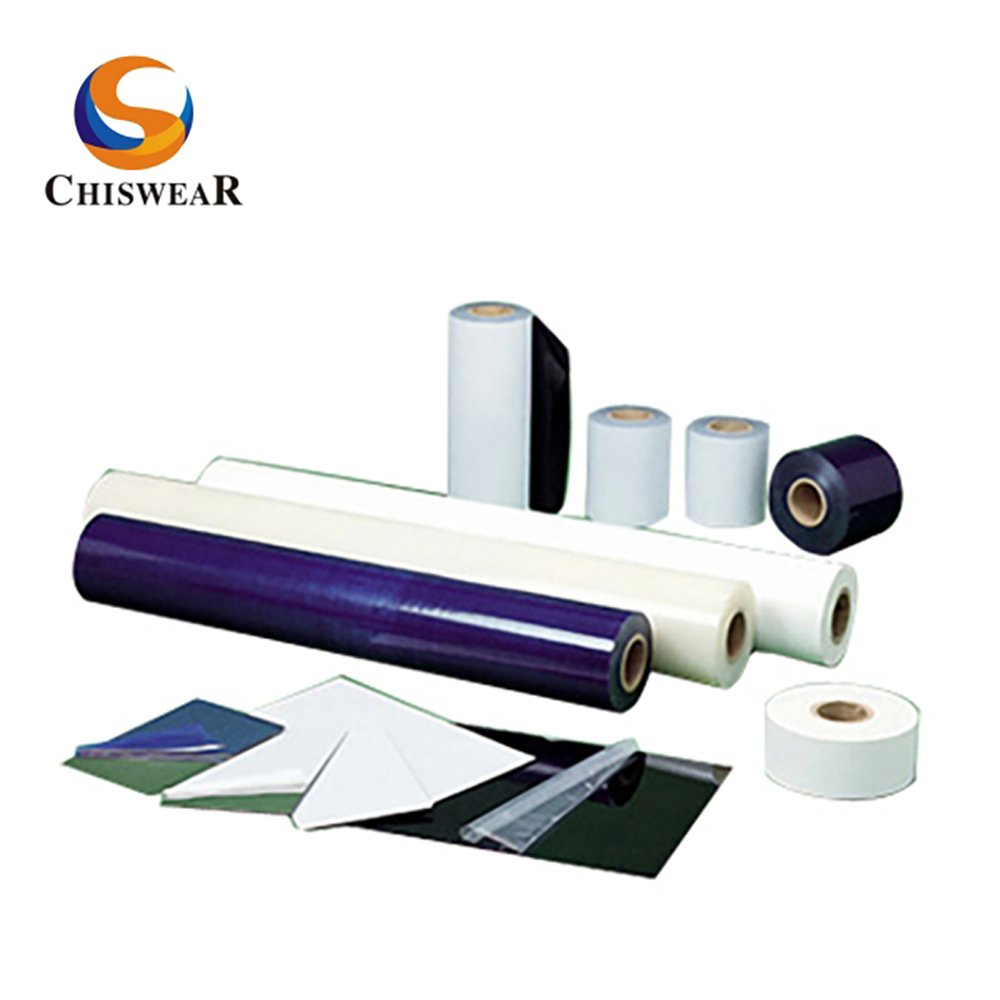
Cleaning
Thoroughly clean the carpet to avoid any dirt or debris beneath the protective films. Cleaning the carpet plays a crucial role in perfect protective film installation. Dirt and debris can affect the smooth installation and the moisture caused by spills can affect the film’s adhesion. Ensure the following cleaning steps are followed before installing to allow the protective film to stick better to the carpet:
- For a smooth application of the protective films vacuum the carpet to take out all the dirt and debris, and pay close attention to high-traffic areas as they accumulate more dirt and debris.
- Remove stains by using a suitable carpet cleaner. Moisture and stains can affect the adhesive properties of protective film.
- Ensure that the carpet is completely dry before installation as it can affect the adhesion, causing premature peeling. If necessary try using a fan to speed up the drying process.
- Run your hands over the carpet to inspect any debris or loose fibers as these can also affect the film installation.
Adhesion Techniques
Opt for a carpet protective film with proper adhesion to ensure that it stays securely in place without any bubbles or wrinkling. Poor-quality protection films either have lower adhesion or leave residue upon removal. Poor adhesion also results in peeling and forming air bubbles on the carpet surface. When selecting a film for carpet protection, PE protective adhesive films are a top choice due to their strength and versatility. PE, or polyethylene, is a widely used material in protection films because of its ability to provide a secure, temporary shield without damaging the underlying surface. Below are some tips to achieve lasting and smooth adhesion :
- Apply carpet protective film with a flat tool to avoid any air bubbles. If you notice any air bubbles or wrinkling smooth it out with a flat tool. For large bubbles remove the protection film and reapply it.
- Roll out the film smoothly but avoid applying too much pressure as it can cause wrinkles. While you roll out firmly press the film on the carpet surface with a tool or your hands for smooth installation avoiding air bubbles.
- Start applying film from the corner of the carpet ensuring smooth and even application. Starting from the corner makes it easy to apply and helps achieve a professional look.
- Choosing the right protective film makes all the difference. Choose a protective film with adequate adhesion specifically designed for carpets ensuring smooth installation without damaging its fibers. PE protection films are designed to adhere firmly to the carpet, ensuring that they don’t shift or wrinkle during use.
- Avoid applying films on damp surfaces as it can cause the film’s adhesive to react with moisture affecting its adhesion.
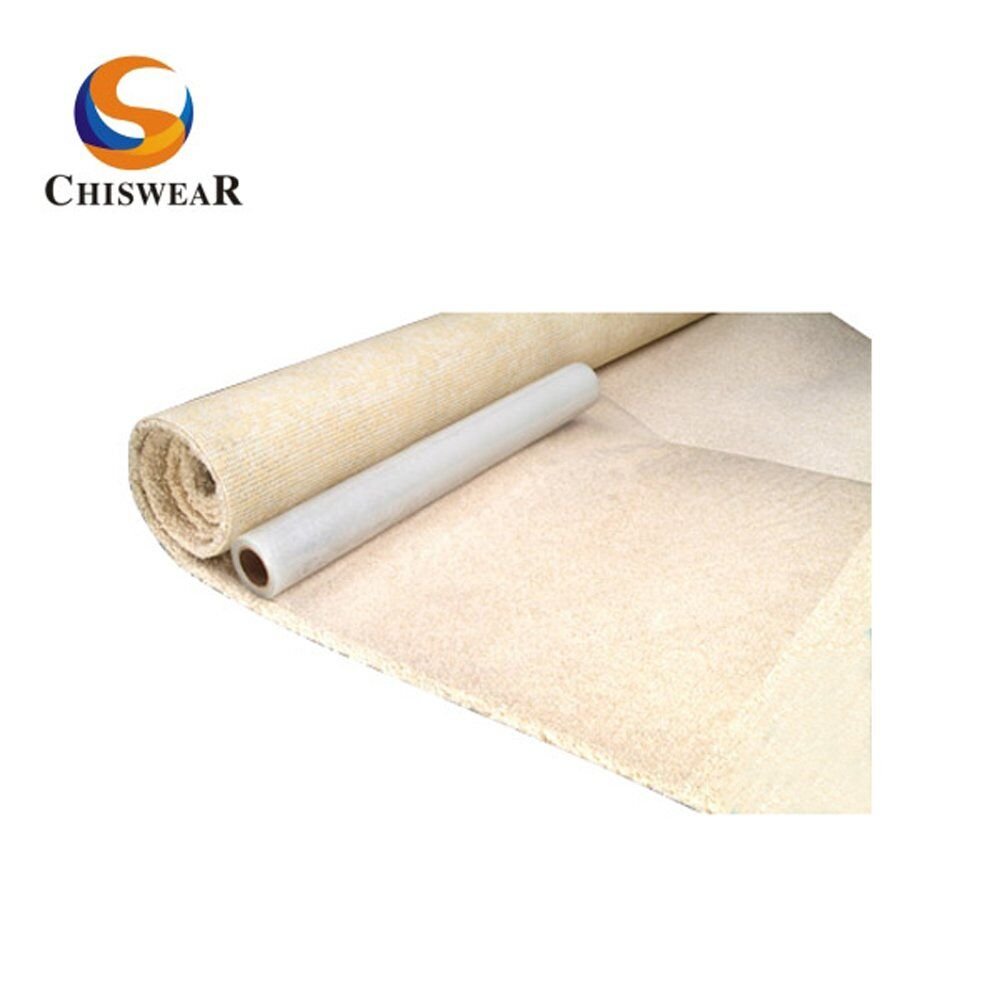
Coverage Methods
The key to achieving maximum protection offered by carpet protection film is to ensure full and even coverage. Start by measuring the carpet area to ensure that you’ve enough film to cover the entire carpet without running out of protection film midway through applying. Try having an extra 15% film to ensure complete coverage of the carpet.
Select a leading edge then roll out enough film to cover a manageable area instead of covering the entire carpet at once. This technique helps in smooth application without forming any bubbles. For large carpets consider a helper to hold the roll while you smoothly apply film on the carpet avoiding wrinkles.
After fully covering the carpet use a utility knife or scissors to trim the excessive film from the edges to avoid damaging carpet fibers in the process. Make sure the film sits firmly with the carpet so that no dirt or spills slide underneath the film.
After applying the film, thoroughly inspect the covered area for gaps, bubbles, wrinkles, or uncovered spots. If there are any small bubbles, use a flat tool like a debit card to smooth out the bubbles. Double check high-traffic areas as they are more prone to tear and peeling. If you find any gaps or uncovered areas try covering them with additional strips.
Conclusion
Carpet protective film preserves the carpet’s appearance acting as a barrier against dirt, stains, and potential damage. Proper installation of protective film acts as a knight in shining armor during increased foot traffic, renovation, moving, big gatherings, or home improvement projects. Ensuring longevity and cleanliness of carpets.
Proper installation involves key aspects of attention to detail, thorough preparation while cleaning, and careful application. Cleaning is the first and most crucial step. Ensuring the carpet is free from all the stains, dirt and debris creates the ideal condition for the film to adhere properly. Adhesion techniques are the second most crucial step of installation, such as overlapping seams, starting from the corner, and applying pressure to enhance the effectiveness of the film. These methods ensure a smooth and secure application of the film for the duration of the project.
Coverage methods are equally important to maximize the film’s protective capabilities. Proper measuring, unrolling in manageable sections, and trimming excess film ensure full and even coverage of the carpeted area. This comprehensive approach minimizes the risk of dirt and debris penetrating the film, especially in high-traffic areas and corners.
References
- https://chidecor.com/product-category/protective-film/
- https://chidecor.com/product-category/carpetfloor-film/
- https://en.wikipedia.org/wiki/Polyethylene#:~:text=Polyethylene%20or%20polythene%20(abbreviated%20PE,%2C%20jars%2C%20etc.).
- https://www.sciencedirect.com/topics/materials-science/polypropylene#:~:text=Polypropylene%20(PP)%20is%20a%20common,heat%20distortion%20temperature%20and%20others.



